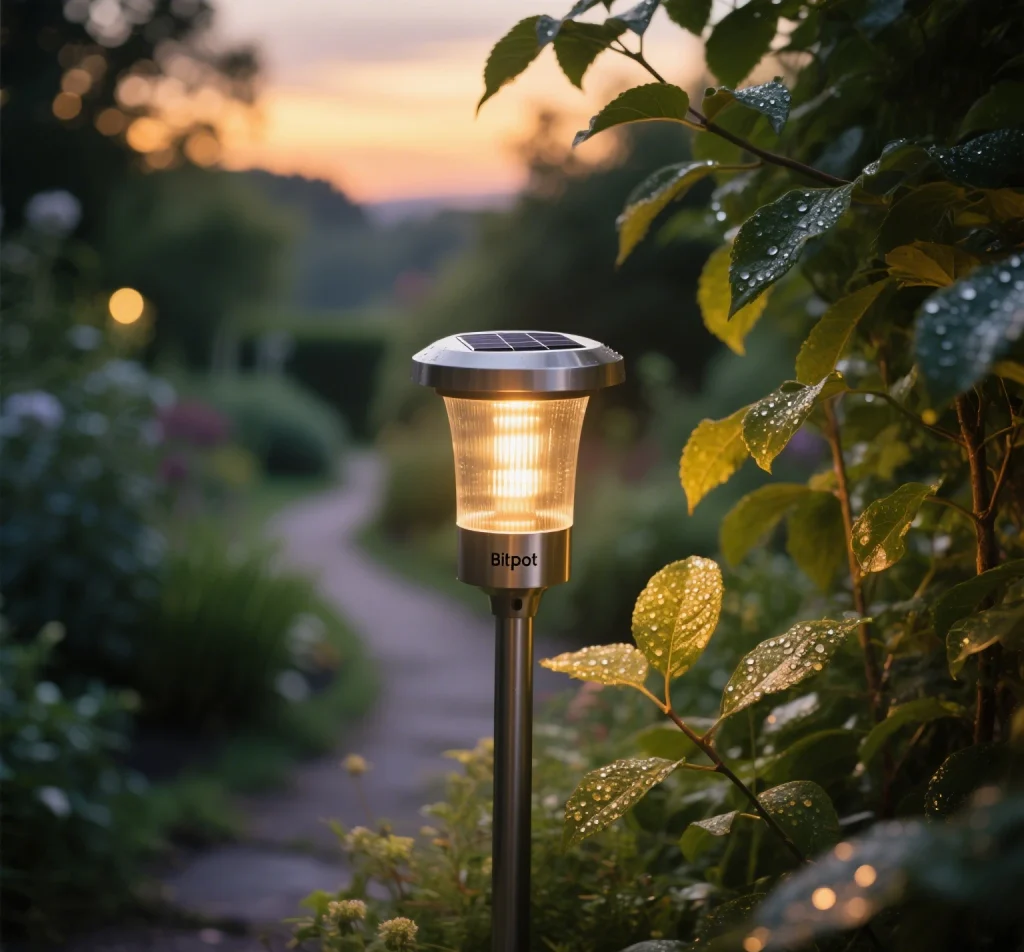Shopping for solar lights in the U.S. can feel like navigating a minefield. With brands throwing around flashy specs and promises, it’s easy to end up with lights that fizzle out in six months or even get you in hot water with your HOA. From fake lumens to shoddy waterproofing, we’ve rounded up eight common traps American homeowners face when buying, installing, and maintaining solar lights—plus practical tips to dodge them, backed by real user experiences.

Buying Smart: Sidestepping Purchase Traps
Picking the right solar light starts with cutting through the marketing hype. Here are three traps to watch for and how to avoid them:
- Fake Lumens and Battery Life Claims
Some brands boast “200 lumens” or “12-hour runtime” but deliver half that. A user in Texas bought a “200-lumen” light that barely hit 80 lumens, fading fast. Fix: Choose brands listing “initial lumens” (not peak) and check Amazon reviews for real-world runtime tests. Look for lights with verified 6–8-hour performance. - Bogus Waterproof Ratings
A California homeowner’s “IP67” light died after one storm. Many cheap models exaggerate waterproofing. Fix: Pick solar lights with UL (Underwriters Laboratories) certification, ideally with “submersion test” data. IP68 is safer for heavy rain. - HOA Compliance Headaches
In Florida, an HOA fined a family $200 for installing bright white lights that violated rules. Fix: Check your HOA handbook before buying. Go for neutral-colored lights (like warm white) with adjustable height mounts and keep the compliance certificate handy.
Doing your homework upfront saves you from buyer’s remorse and costly fixes.
Installation and Maintenance Traps to Avoid
Even the best solar light can flop if installed or maintained poorly. Here are five traps and how to steer clear:
- Shady Panel Placement
A Seattle user’s lights barely lasted two hours because the photovoltaic panel was under a tree. Fix: Use a light meter app (like Light Meter) to ensure panels get 4+ hours of daily sun. Test placement over a few days before mounting permanently. - Snow-Covered Panels in Winter
In Minnesota, a homeowner’s lights died mid-winter due to snow buildup on panels. Fix: Choose panels with anti-snow coatings and keep a non-metal snow shovel (to avoid scratches) for quick cleanups after storms. - Battery Burnout
A Virginia user’s lights failed after 18 months because the battery wasn’t replaceable. Fix: Opt for solar lights with swappable lithium batteries and plan to replace them every 2 years, standard for U.S. climates. - Windy Weather Woes
In hurricane-prone Louisiana, a user’s lights toppled in 60 mph winds. Fix: In Southeast storm zones, pick lights with 12-grade wind-resistant bases and secure them with expansion bolts for stability. - Lightning Damage
A Colorado homeowner lost three lights to a thunderstorm. High-altitude areas are prone to strikes. Fix: Use lights with built-in lightning protection or add a grounding device to the lamp body in elevated regions.
Smart setup and regular upkeep keep your lights shining longer.

Real-World Lessons from U.S. Homeowners
These traps aren’t just theoretical—they’ve tripped up plenty of folks:
- A New York buyer got stuck with “500-lumen” lights that dimmed to 150 lumens in weeks, learning too late that “peak lumens” was a marketing trick.
- In Arizona, a user’s non-compliant bright blue lights led to an HOA warning and a $150 removal fee.
- A Michigan family’s lights failed in winter because snow buried the photovoltaic panels, which lacked any protective coating.
Checking reviews, verifying specs, and planning for your local weather can prevent these headaches.
Tips to Maximize Solar Light Performance
To keep your solar lights humming and avoid these pitfalls, try these practical steps:
- Vet the Brand: Stick to brands with UL or ETL certifications and read user reviews on platforms like Home Depot or Amazon for honest feedback.
- Test Before Committing: Set up lights temporarily to check brightness and runtime. Adjust panel angles to maximize sun exposure.
- Plan for Weather: In stormy or snowy areas, invest in IP68-rated lights and wind-resistant mounts. Check panels weekly during harsh seasons.
- Document for HOAs: Save product specs and photos of your setup to prove compliance if your HOA comes knocking.
A little prep goes a long way toward a hassle-free experience.
Wrapping It Up: Smarter Solar Light Choices
By dodging these eight traps—fake specs, poor waterproofing, HOA violations, bad panel placement, snow buildup, battery failures, wind damage, and lightning risks—you can stretch your solar lights’ lifespan from a measly 1–2 years to a solid 3–5 years. This saves you from constant replacements and fits the American mindset of wanting durable, cost-effective solutions. Check certifications, test setups, and plan for your local conditions to ensure your solar lights deliver bright, reliable performance without the headaches. With the right moves, your yard will stay lit, your wallet happy, and your HOA off your back.

Comments